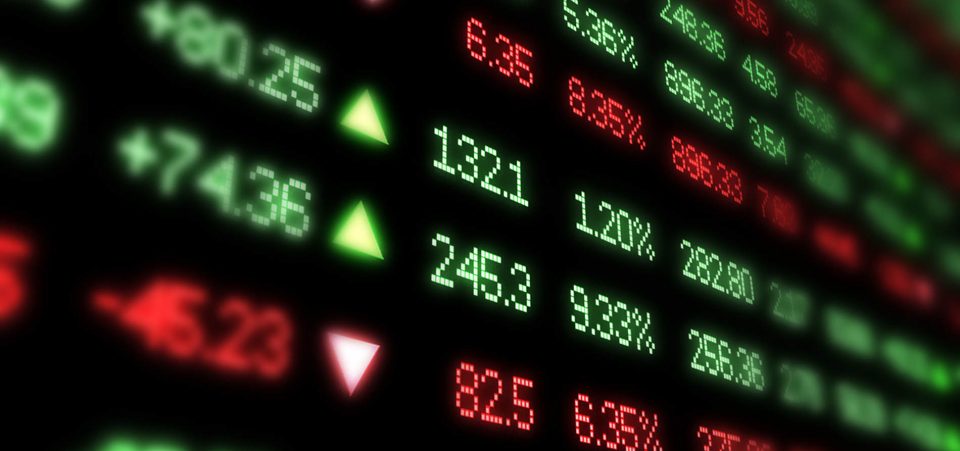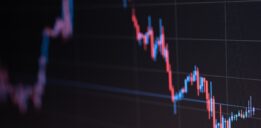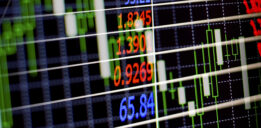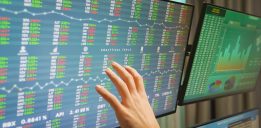DOW 20,000; Irrational Exuberance Looks a Lot Like 1999
Since the November 8 U.S. election, the stock market has been topsy-turvy; gold is down nearly 10% and the Dow Jones Industrial Average (DOW) is up 10% and just a sliver off from the 20,000 milestone. While Wall Street is euphoric about a Donald J. Trump presidency and the Federal Reserve believes that the U.S. economy is strong enough to handle a rate hike, stocks are seriously overvalued and the bubble is getting stretched thin.
Wall Street is (to quote former Fed Chairman Alan Greenspan on the tech-inspired rally during the dotcom bubble) suffering from irrational exuberance. And Donald J. Trump knows it. On the campaign trail, Trump said the stock market was in a bubble, and that if rates go up, it’s going to get ugly. (Source: “Donald Trump on the stock market: ‘It’s all a big bubble’,” CNBC, August, 9, 2016.)
With the DOW essentially at 20,000 and the Fed bullish on the U.S. economy, stocks are in an even bigger bubble than when Trump spoke those words. In fact, should the DOW close above 20,000 any time before the Christmas break, the index will have surged from one thousand-point milestone to the next in record time.
Before the euphoric Trump bump, the DOW’s fastest 1,000-point rally came when it ran from 10,000 to 11,000 in early 1999 (the dotcom bubble) over 24 trading sessions. The DOW first closed above 19,000 on November 22. Just 15 trading days later, and the DOW is only 85 points from 20,000.
How Stretched Is the Stock Market Bubble?
There are a lot of baseball statistics out there. But not as many as on Wall Street. It’s been almost 1,975 days since the stock market experienced a 20% correction. Since 1928, the average number of days it took before the markets suffered a 20% correction was 635.
At 1,975 days without a 20% correction, we are more than three times the average (635 days). 20% sounds like a huge fall. But if you look at the three most important stock market valuation indicators, stocks have the potential to plunge a lot more than 20%.
The stock market is only as strong as the underlying stocks. If you look at the DOW and the S&P 500, you’d think the U.S. economy was doing fantastic and that revenue and earnings would back this up. They don’t. The S&P just emerged from the longest earnings recession on record. At the same time, earnings and revenue growth is still pretty weak. The U.S economy is gaining steam but the outlook remains more than a little muted. Moreover, economic growth in the eurozone, Japan, and Russia is anemic and growth in China is underwhelming.
And yet, stocks continue to soar.
According to the Case Schiller cyclically adjusted price-to-earnings/price-earnings (CAPE/PE) ratio, the S&P 500 is overvalued by an eye-watering 86.9%. The earnings ratio is based on average inflation-adjusted earnings from the previous 10 years. The ratio is currently at 28.04; this means that for every $1.00 of earnings that a company makes, investors are willing to fork out $28.04. The ratio has only been higher twice before: 1929 and 1998/99. During Black Tuesday, the ratio stood at 28.96. (Source: “Online Data Robert Shiller,” Yale University, last accessed December 14, 2016.)
The market cap to gross domestic product (GDP) ratio, also called the “Warren Buffett Indicator,” also suggests that the markets are in a bubble. This ratio compares the total price of all publicly traded companies to GDP. A reading of 100% suggests that U.S. stocks are fairly valued. The higher the ratio is over 100%, the more overvalued the stock market is; the lower the ratio is under 100%, the more that stocks are undervalued. The current reading is 118.7%. The ratio has only been higher once since 1950; during the dotcom bubble, it stood at 153.6%.
A third indicator is the Wilshire 5000 to GDP (a variant of the market cap to GDP ratio). The Wilshire 5000 is a market cap weighted index of all stocks actively traded in the United States. Instead of 5000 though, the index contains around 3,700 components. This ratio is currently at a record 139%. (Source: “Wilshire 5000 Total Market Full Cap Index/Gross Domestic Product,” Federal Reserve Bank of St. Louis, last accessed December 14, 2016.)
All three of these indicators suggest that U.S. stocks are in unsustainable bubble territory. Eventually, stocks and nosebleed valuations will run in step. But to get there, Wall Street needs to experience a stock market crash first.






